Long before the advent of subreddits, computer enthusiasts got together - and live!
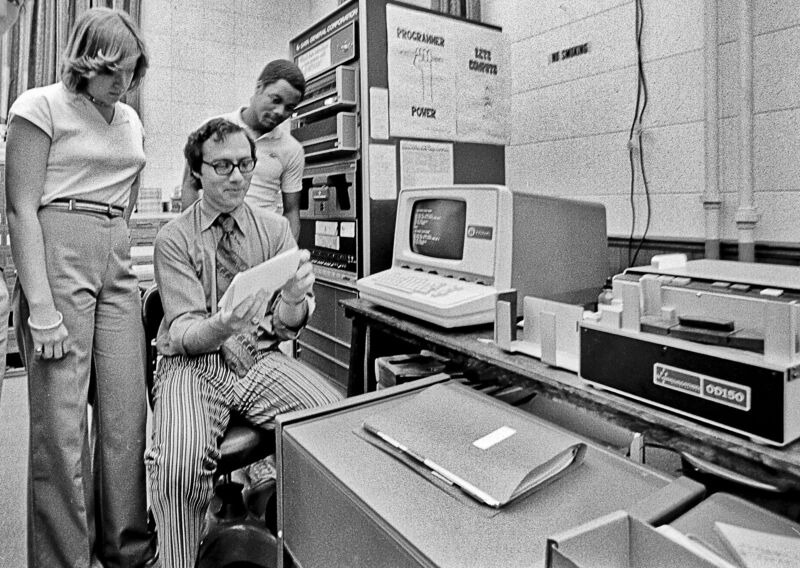
The Homebrew Computer Club , where the Apple I computer was born, has a well-deserved reputation - but it is far from the only community whose members have gathered for their love of computing. From the 70s to the 90s, groups around the world helped helpless users figure out their computers, learned about new technological trends, and discovered the latest super-applications. And these groups weren't limited to Slack, e-mail threads, or forums - meetings often took place in real life.
To my horror, many young people, keen on technology, are completely unaware of the existence of computer user groups.and their important role in the development of the personal computer. Very sorry. Our current reality may have isolated us behind screens, but these organizations have helped countless enthusiasts find their company. Computer groups adhered to the fundamental values of the industry: the excitement of technology, the desire to share knowledge, and the unwritten rule that people should help each other.
And it was a lot of fun.
For example, in 1975, David Intersimon began attending meetings of the Southern California Computer Society. At one of the meetings, he purchased an early IMSAI 8080 kit and soldered it at home. “The lights came on, but the processor wouldn't restart and stop,” Intersimon recalls.
Therefore, at the next meeting, he met a "computer doctor" who was recommended to him as a person ready to help newcomers. The "doctor" corrected the soldering errors, and offered Intersimon to buy a Godbout Electronics S-100 bus terminator card. “Finally, my IMSAI 8080 worked,” says Intersimon, “and it still works!”
Old-school programmers may remember Intersymon's long career at Borland. Today he is Vice President of the Developer Community at Evans Data Corporation. And the computer "doctor" was George Tate, one of the founders of Ashton-Tate, who developed the dBase program .
This kind of partnership, which often led people to careers in the burgeoning PC industry, was typical of the heyday of user groups. So walk with me into the time machine to look at them again and understand what made them special.
What were user groups
A long time ago, using a computer was difficult. There was little or no documentation, nothing had been pre-assembled, and if you had a problem, there was no one to help you. You might have found the answer by calling one of the earliest electronic bulletin board systems (BBS), but nothing beats the person who looks over your shoulder and says, "You got it upside down!"
Computer user groups were (and to some extent still are) voluntary organizations, usually not profit-driven. They arose in cities and towns, with 25 or 2500 members. Their services varied, but the earliest ones usually had two main aspects: monthly meetings and a print news outlet.

-. Atari 1984 .

Apple 2000 ( - Apple) 1990 «Moriarty's Revenge»
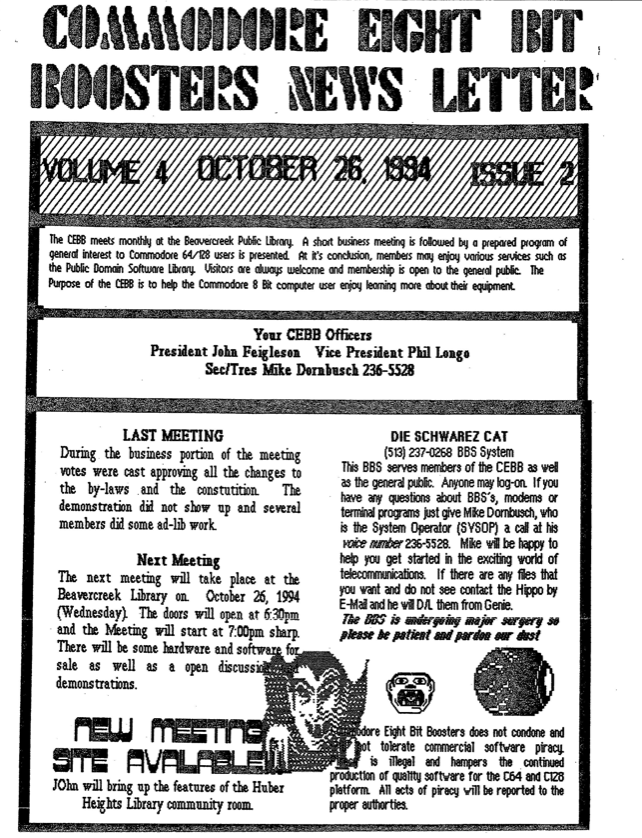
, Commodore Eight Bit Boosters 1994

OS9 , 1989
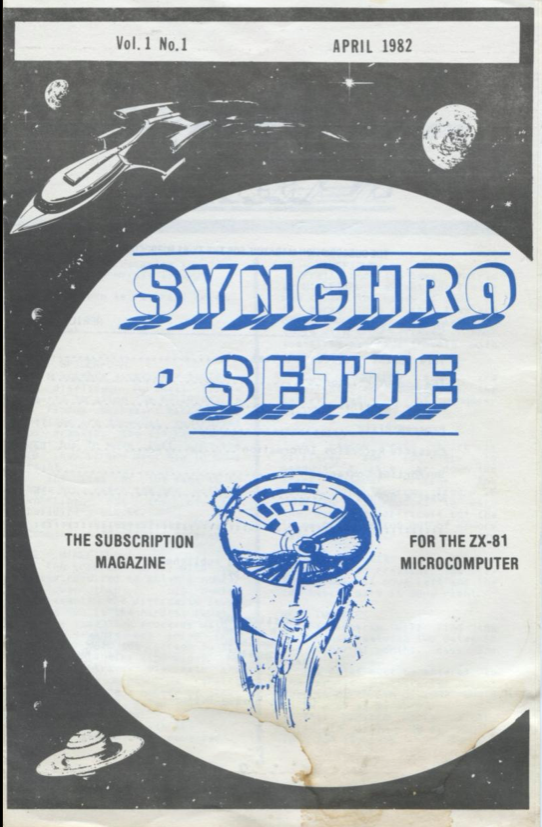
Synchro Sette, -, ZX-81, 1982
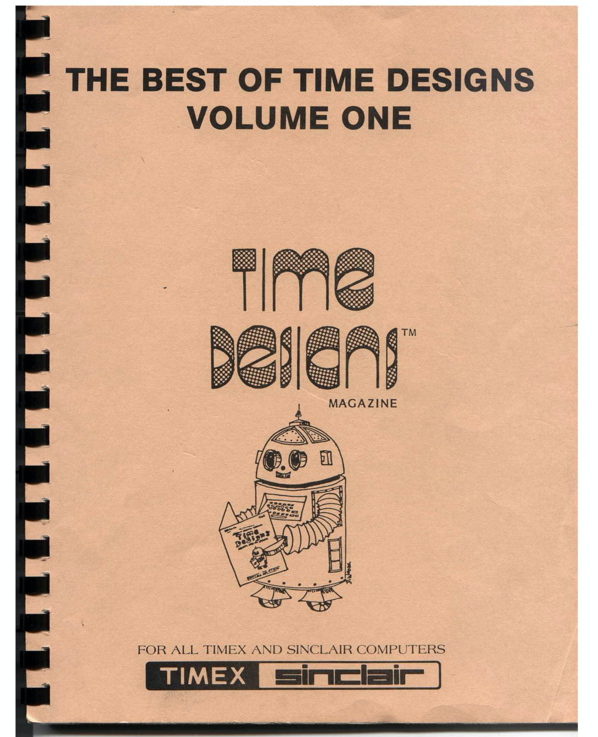
Time Designs . Timex Sinclair, 1986 .
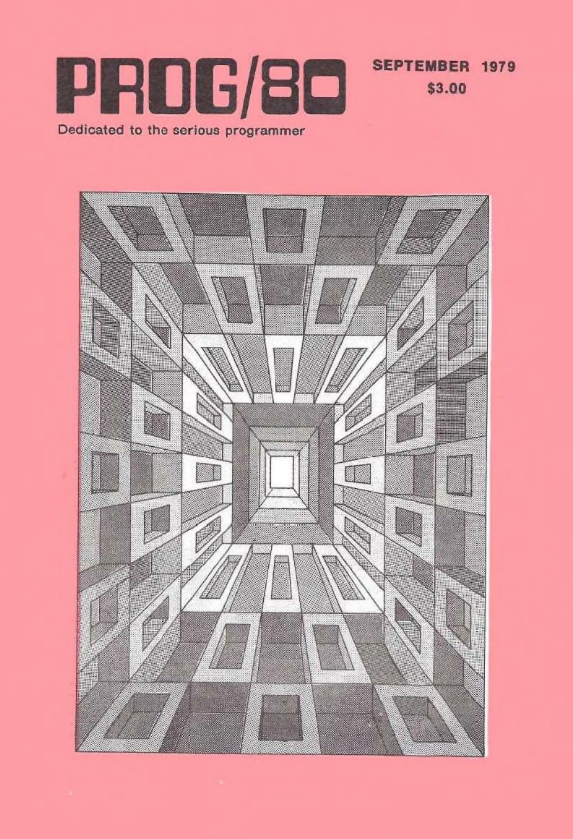
« » 1979
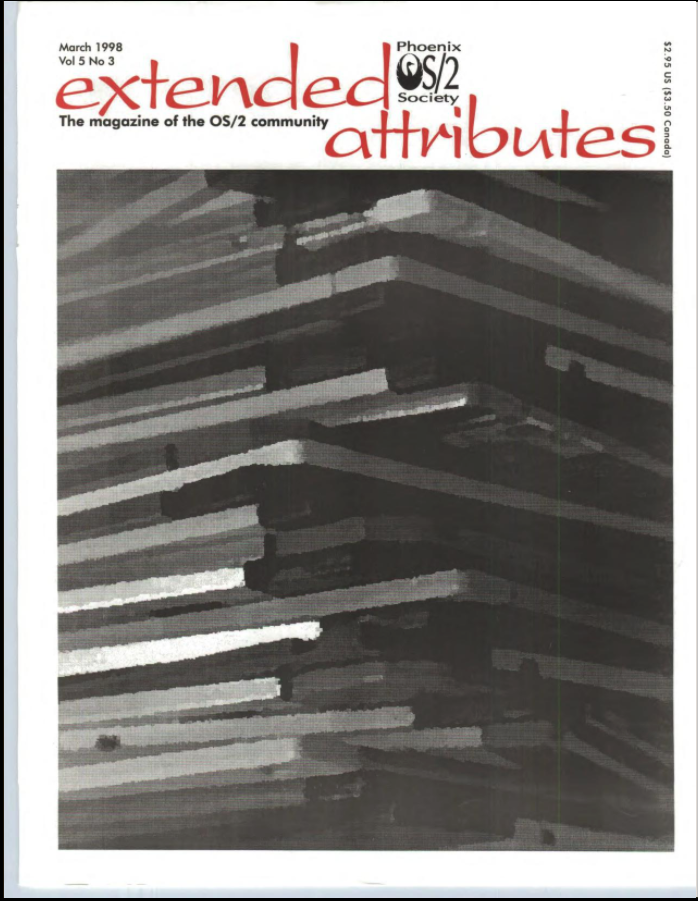
, -, . 32 28 .
In small groups, the presentation could be one group member speaking to others. Groups with large numbers of members and well-connected networks could attract manufacturers who (correctly) regarded them as early adopters of the product to be reckoned with. For example, in a typical Phoenix PC meeting in the early 90s, 300 people could gather in a hotel conference room. Then the manufacturer could show them the latest version of the software - WordPerfect or Photoshop for an hour. These presentations were more like thoughtful teaching materials than sales-oriented presentations. In any case, those present were learning something new. The demo could have been followed by a lottery with a decent prize - considering that the commercial software sold for $ 495 per copy.
The quality of the newsletters varied between different user groups, as you can see from the above pictures or in this archive . Some were just a call to come to the next meeting. Others (and mine included) were glossy magazines, one subscription justified membership in the group.
In addition, the groups offered various benefits. Some sponsored conferences, experience exchange meetings, or other events like the annual "computer fair" in Trenton, New Jersey. The largest of them had special clubs that offered training and other benefits. But for the most part, the groups brought people together and introduced them to new technologies.
New sensational technology
When the microcomputer industry was smaller, it was easier to gain access to members of powerful circles - and even before they began to influence anything. User groups gave everyone the opportunity to learn something about the technology, and often directly from its inventors.
Harry McCracken attended Boston computer community meetings in 1979, and fondly recalls their Q&A sessions. “The questions were very difficult,” recalls a longtime tech journalist. "There was no hero worship, just clever computer users asked meaningful questions." Videos from some of these meetings can also be viewed online - for example, the 1981 Forum on the Future of Personal Computing.
In 1981, the Boston computer community convinced the young Bill Gates to speak at one of its meetings.
"The stars were Microsoft, WordPerfect and Adobe," recalls a member of the 1980s Oklahoma PC Users Group. - Hundreds of people came to their presentations. They gave away full versions of their software. One could always expect that the presentation of a new version of a product will be a big event - much like Samsung and Apple are launching new products today. ”
Help with pleasure
For most users, user groups also served as a source of technical information. A knowledgeable person (or at least one who knows more than you) could explain how modems work, show a fashionable trick in Corel Draw, recommend a dot matrix printer.
“When it took all the time to keep Linux running on a desktop,” recalls a member of the Triangle Linux user group, “it was really cool to have a network of in-person people who could talk to if your latest compiled kernel did your system is a brick. "
In general meetings, unexpected knowledge was often obtained, and you were constantly getting acquainted with various technologies. You might not know anything about CAD software until someone showed you what you can do with it. In one month, at the presentation, user groups could show a graphic editor ( Arts & Letters ), in another - a tool for computer maintenance ( Norton Backup ), in the third - explain the principles of partitioning a hard disk into partitions.
There were other groups specifically dedicated to a single topic or product. For example, the Phoenix PC User Group had about a dozen interest groups with monthly meetings. One of the computer stores in the downtown area allowed them to meet for free on its territory. Several dozen people could gather there and share their impressions and advice about Corel Draw, Lotus 1-2-3, or webmaster tools. The OS / 2 hobby group set up "install days" during which members of the user group helped everyone in the community find device drivers and troubleshoot OS installation problems. Several community members volunteered to showcase their favorite operating systems in CompUSA stores.
Some interest groups eventually spun off into separate user groups. In the 90s, Robert, now the host of the RetroCAD YouTube channel, co-chaired the Southeast Wisconsin AutoCAD User Group (CADDIES), which had 500 members, 50 meeting patrons and a paper newsletter.
“The meetings were well structured,” he recalls. - There was an introduction, updates regarding events in the world of CAD (there was no Internet then, so most of the visitors learned all the information that way). We often demonstrated tools, hardware (digitizers, video cards, modems) and painting techniques. Several times a year we invited guests from different companies like Autodesk. "
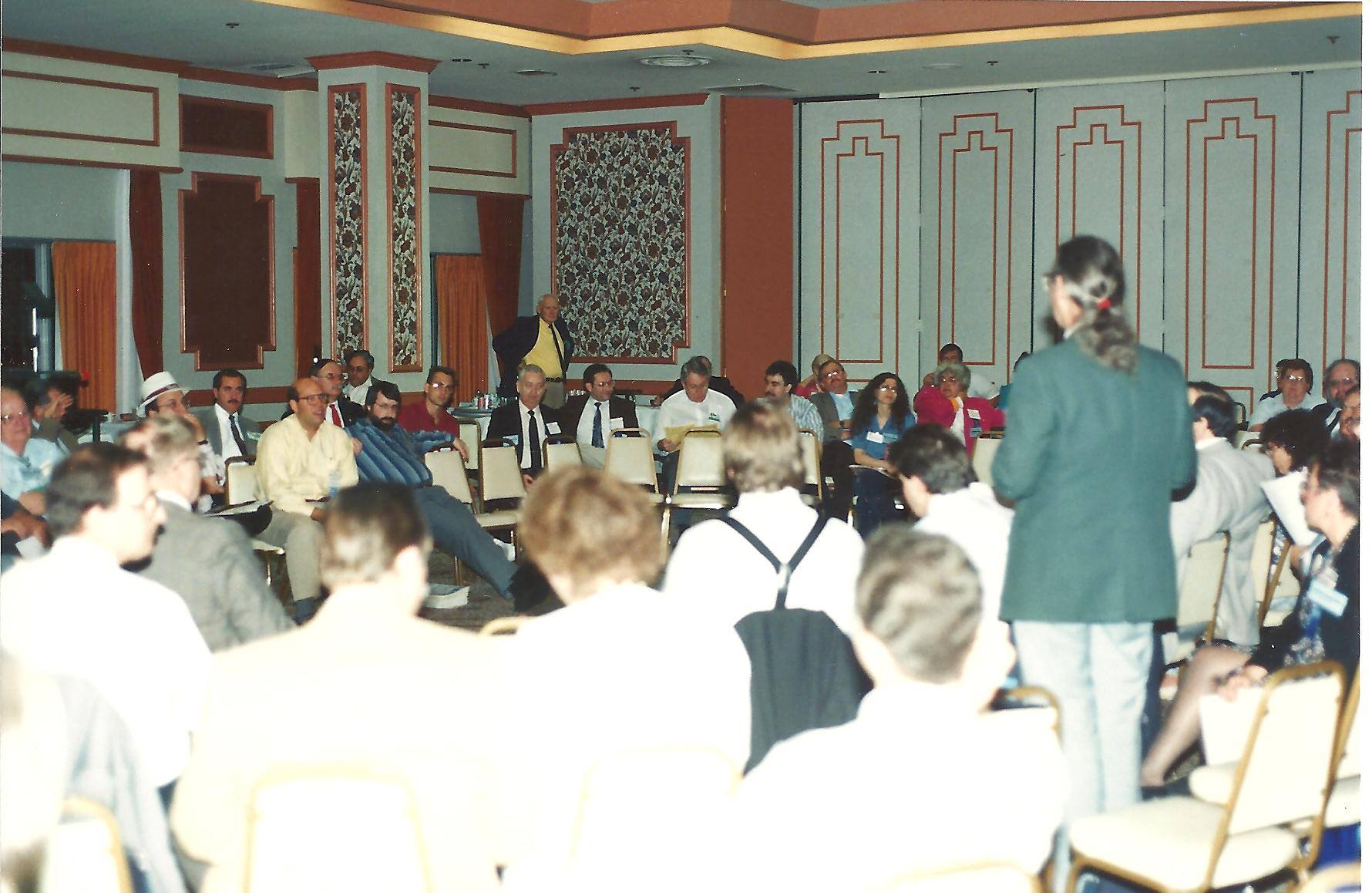
( – 1990- ).
In the early days of personal computers, user groups were the best place to learn new skills. If you were interested in computers, it was enough to just come and listen. Many people, studying there, gained experience that subsequently influenced them from the professional side.
“I loved the social aspects of each of the bands, but they also greatly influenced my career,” says Gerald Combs. "Especially the UNIX user group from Kansas, where I was president for a while." After Combs talked about managing NNTP servers, one of the visitors asked for a consultation from a local ISP. “After that, they hired me, but since they couldn't afford Sniffer, I ended up developing a protocol analyzer for Solaris and Linux. And now this analyzer has Wiresharkthere is an active online user community. "
The friendly attitude towards everyone who came has created opportunities for communication for introverts.
“I needed these teams to maintain my skills,” says Tony Alan, who joined the User Capacity Planning Team in the 1990s. He kept in touch with the IT professionals he met at the time, who were working with mainframes and now with cloud technologies. “Presentations at user conferences have been a great way to spread the experience and maintain our status in the industry,” he adds.
I also have my own success story. I regularly wrote articles for my small town newsletter, and as a result, I discovered a talent for explaining technical topics. See where this led?
The computer industry realized the potential for endorsement from user groups. Hardware and software were generously described by manufacturers. Volunteer-written news articles were the forerunners of Amazon reviews. Manufacturers knew that a scruffy-looking meeting attendee might turn out to be a buyer for a large local firm - and might recommend a bulk order.
In the 90s, Brenda Christensen was responsible for user group relations at GoldMine Software. “The best part was seeing genuine enthusiasm and incredibly honest feedback,” she says. “They were honest and had no hidden goals. The feedback they received was comparable to the undistorted data from the focus group, and it was well informed and technically savvy. They were also very friendly! "
It worked both ways. Members were delighted to be able to tell manufacturers what they wanted. Through several PR filters, it was possible to reach the director of almost any company. Want to ask Peter Norton what he thinks about the future of computers? Complain about one of Quicken's properties? Raise your hand during the Q&A session and ask the CEO of the company a question.
Think big, think like a geek
The communities were open to all visitors. They formed a long friendship, business alliances, opportunities to get a job and sometimes even find a mate.
For example, when Dory Smith moved to Los Angeles in the early 90s, she hardly knew anyone there. “I decided that a good way to meet future friends would be to volunteer at a local Mac user group,” she says. “I joined the group, got on their BBS, found interesting meetings, and started going.”
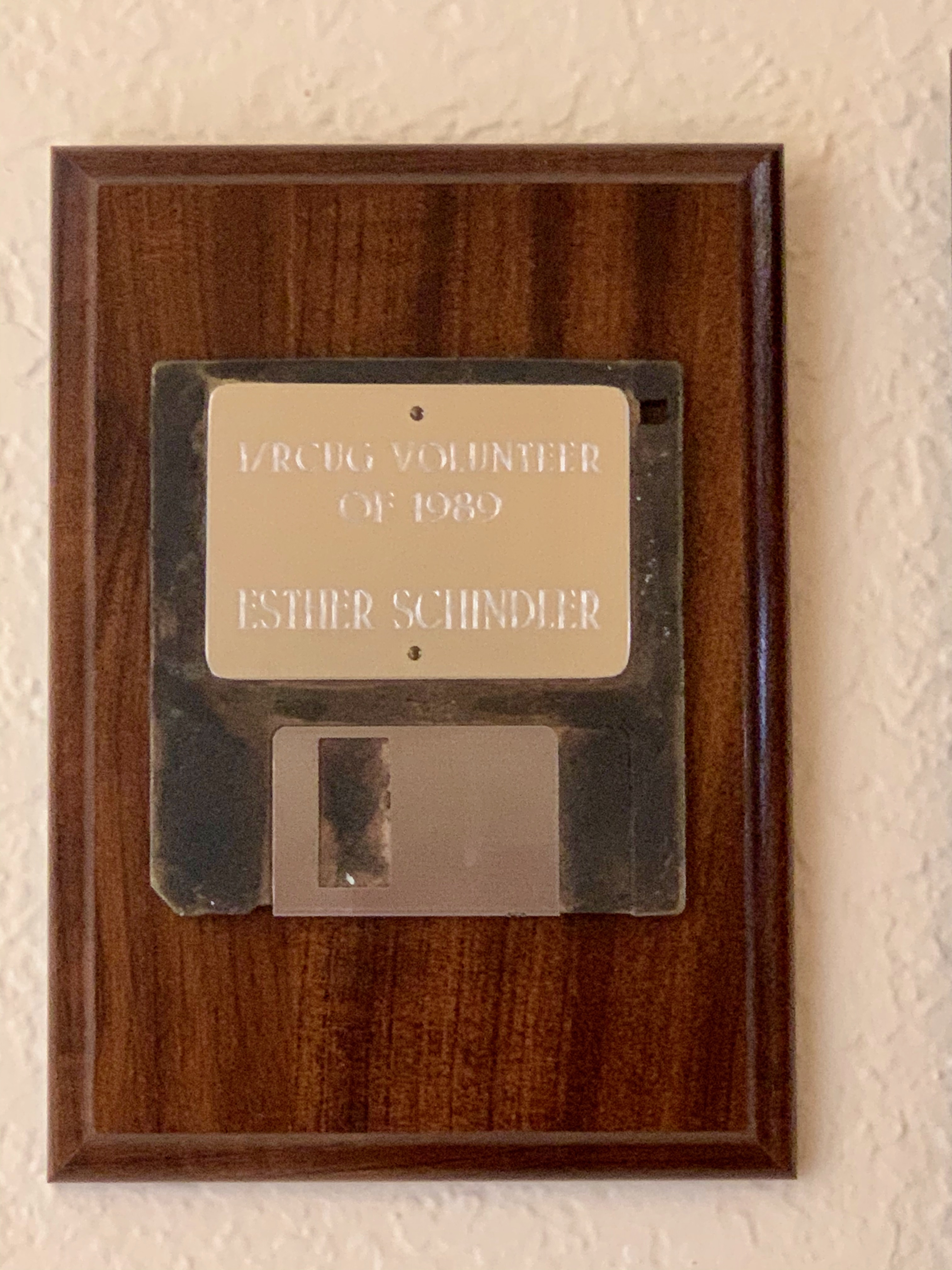
Floppy-based Island / Reach User Group Volunteer Award
At the first meeting, Smith gave her contacts to Suzy, the CEO, and said she wanted to be a volunteer. But at the second meeting, she received no answer.
“At the third meeting, I complained to Suzy that I still hadn't heard anything about volunteering. She said that LAMG does not have a volunteer coordinator yet - would I like to take this place? So, just a few weeks after joining the group, without any connections, I got one of the most responsible positions thanks to my annoyance, ”says Smith.
Most user groups encouraged newcomers to participate in their lives. It cannot be said that there were entirely intellectuals - my first user group consisted of a silversmith, a postman and a retired journalist. Joining women's groups was encouraged. Introverts ruled the show. Nobody was interested in your age - the main characteristic was enthusiasm.
For young participants, this experience has often spilled over into a lifelong love of technology. For example, in London, Ontario, a 13-year-old teenager with his father began visiting a group of Atari ST fans. “It really laid the foundations for me,” he says today. "From that group to the BBS technology that blew my mind, it was an opportunity to experience a world that seemed magical to me."
Another person recalls the time spent in the Tandy user group in Tulsa: “I did a few presentations, and even taught assembly language in the Z-80 for a few older dudes interested in this topic. I was 16 then. "
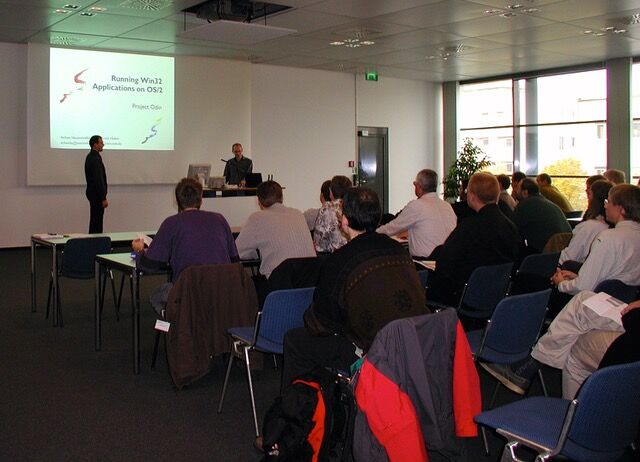
The OS / 2 user group sponsored tech conferences like this from 2000

- – Apple 2020 ( , , )
?
Two things contributed to the disappearance of the groups. The first was the Internet, as well as the BBS that preceded it. If you can put your question in writing, you can find a website with an answer to it.
In addition, computers have become easier to use. Once personal computers became mainstream, problem solving was no longer an esoteric endeavor.
Today, there are no more typical user groups. Exceptions can be found in the incomplete and mostly outdated list of PC user group associations , although if you search online, you will likely find other options. For example, the Toronto PET Users Group ( TPUG ) is Commodore's longest- standing user group. Apple Pi from Washington DC still holds position, as does Triangle Linux Users Group... IBM's user group, SHARE , dates back to the 1950s and continues to support industrial users, although today it is mostly through conferences.
If you are interested in getting to know the organization of the community, you can still find something similar. Hopefully the technology will continue to inspire you to meet other people who share their enthusiasm, whether it's Raspberry Pi hobbyist gatherings, hobbyist days, or open source conferences like Drupalcon or PyCon.
You can also maintain the spirit of user groups by finding ways to help your enthusiastic neighbors. For example, Hack Clubteaches schoolchildren technical skills in schools, and exists in 35 US states and 17 countries - every year about 10,000 schoolchildren attend hackathons and clubs.
So, even if user groups are practically a thing of the past, their advantages remain with us. User groups became the forerunners of the open source community because they were based on the sharing of knowledge and mutual assistance. Who knows, perhaps without user groups spreading a collaborative spirit, the open source community would not have grown as much as it does today.